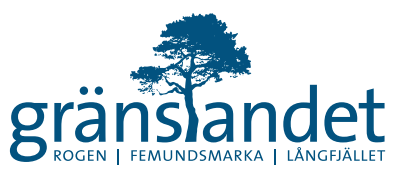 The stripes are shorelines from an old ice lake. Photo: Kentaroo Tryman.
The stripes are shorelines from an old ice lake. Photo: Kentaroo Tryman.
Grövelsjön’s striped
mountain slopes
The mountain slopes surrounding Grövelsjön are striped! The dark, horizontal lines were discovered by the Swedish botanist Carl Linnaeus in 1734. In those days it was believed that the stripes were water level marks from the biblical Great Flood.
The stripes are actually traces of a large lake that was here around 10 000 years ago. Call it the Great Flood if you like, but the scientific name is “ice-lake”. It was formed when meltwater dammed up at the rim of the enormous ice sheet. Waves coming in along the water’s edge washed away gravel and sand, leaving a stony shoreline.
When the ice eventually began to melt, the lake started to sink. New shorelines formed as time went by, at lower and lower levels. This is how the characteristic terraces that we see high up the slopes at the northern end of Grövelsjön were formed. The shorelines are of great scientific value, as they help us understand what happened when the latest ice age retreated from the area. This remarkable geology was the reason for establishing Grøvelsjøen Nature Reserve in 1989.
The scientific name for the stripes is ice lake shorelines.





